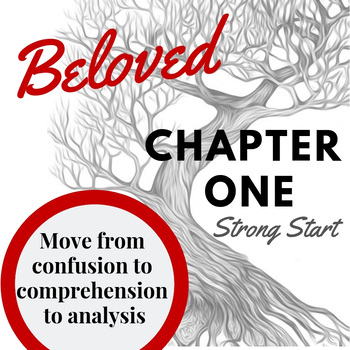

In act two, scene two, Juliet summons Romeo, “Hist, Romeo, hist! O, for a falc’ner’s voice / To lure this tassel-gentle back again(2. This is very powerful imagery, which seems to indicate that Juliet has much control over Romeo.Īnimal Imagery Animal imagery, especially in the form of birds, seems to be a recurring theme in the play. During this scene, Romeo describes Juliet as being so radiant that her light does to the sunlight what the sunlight does to a lamp. Later in the play, Romeo speaks some of the most well known words from the play, “But soft, what light through yonder window breaks / It is the east and Juliet is the sun”(2. Romeo’s feelings about Juliet’s beauty are very well known by the reader or viewer. Upon Romeo’s first sight of his future wife he states, “O, she doth teach the torches to burn bright”(1. Feelings or emotions are described several times in the play through images of lightness and darkness. Nevertheless, events are not the only aspect of the play that lightness and darkness seem to have significance. Furthermore, Romeo’s words seem to indicate the “two” lovers by repeating the words light and dark two times each. Apparently, Romeo is saying that their love, light, will bring about their death, dark. In the same scene Romeo uses more light and dark imagery when he says, “More light and light, more dark and dark / our woes! (3. However, Juliet realizes that Romeo is right, so she sends him off. However, Juliet seems to disclaim Romeo’s claim with her own saying, Yond light is not day-light, I know it, I It is some meteor that the sun To be to thee this night a torch-bearer And light thee on thy way to Mantua(3. Romeo is telling Juliet with this line that the sun is coming up, which could be dangerous for him since he has been banished.
Types of imagery in beloved full#
Later in the play, after Romeo is banished from Verona for the slaying of Tybalt, he and Juliet exchange lines that are full of light imagery.Īs the dawn is approaching, Romeo describes the view, “Look, love, what envious streaks / Do lace the severing clouds in yonder east / Night’s candles are burnt out. It seems that Juliet, unknowingly, is describing the future in a symbolic sense. Stars continue to have a role in the play as Juliet mentions her own death she claims, Take him and cut him out in little stars, And he will make the face of heaven so fine That all the world will be in love with the night, And pay no worship to the garish sun(3. Capulet describes the party he is planning with lightness and darkness, “Earth-treading stars that make dark heaven light”(1. Lightness and Darkness Imagery of lightness and darkness is used extensively throughout Romeo and Juliet to symbolize and/or describe events that take place. In Romeo and Juliet, Shakespeare uses imagery in the forms of lightness and darkness, animals, and plants or herbs to provide the reader or viewer with a more vivid and enjoyable experience.

Shakespeare’s use of these components is exquisite and allows for much deeper involvement by the reader or viewer.
What is it else? A madness most discreet, A choking gall, and a preserving sweet (Riverside, 1. The following statement by Romeo in act one scene one provides a good example of this: Love is a smoke made with the fume of sighs, Being purg’d, a fire sparkling in lover’s eyes, Being vex’d, a sea nourish’d with loving tears. Just as in most of Shakespeare’s plays, words and phrases with double meanings, imagery and poetry are all used to create a play that is not only a pleasure for the eyes, but one for the ears and mind as well.


 0 kommentar(er)
0 kommentar(er)
